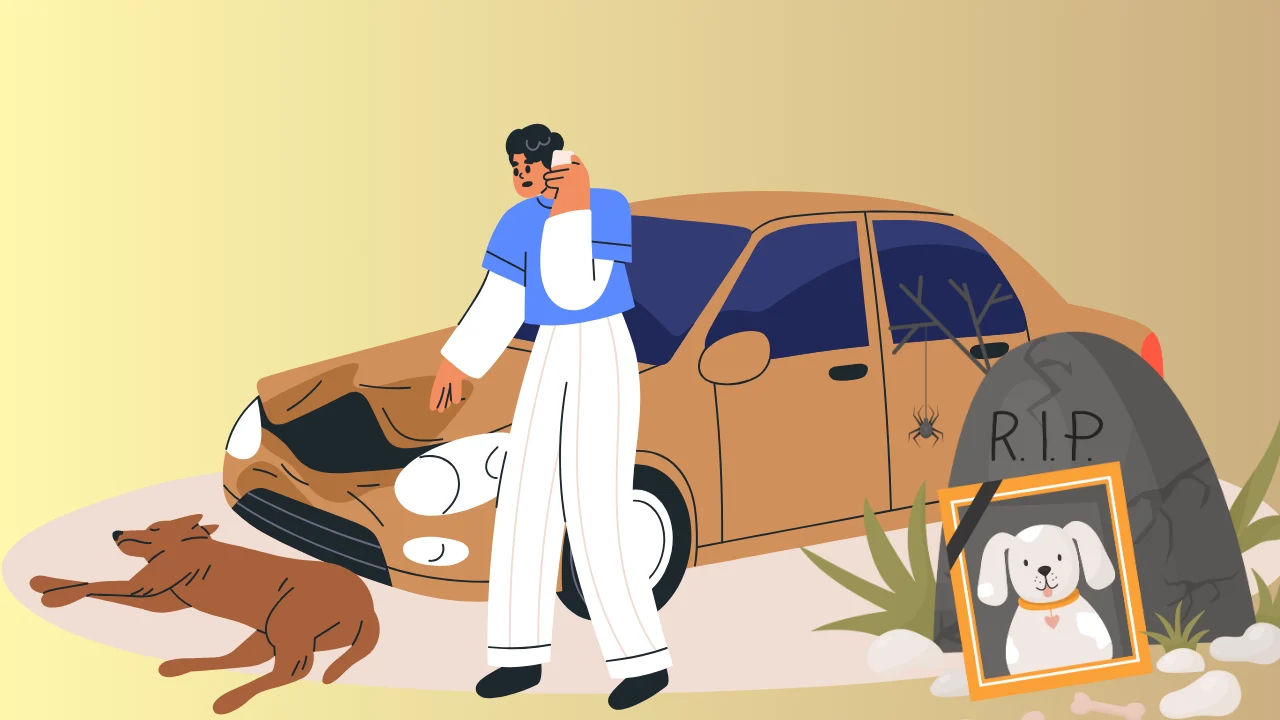When I first looked into how many dogs die in car accidents, the numbers were shocking. Every year, around million of dogs are hit by cars in the U.S., often because they’re unrestrained or wander into traffic. This statistic alone stresses the need for pet safety awareness. Check out expert advice on how to calm dogs in the car to reduce anxiety during travel.
The sad part is that many of these tragedies are preventable. Over 100,000 dogs die yearly from riding unsecured in open truck beds, which can be avoided with proper restraint. Let’s explore why these numbers are so high and how we can protect our pets.
Navigation Menu
Quick Look
Approximately 1.2 million dogs are hit by cars annually in the U.S., with around 100,000 dogs dying from riding unsecured, like in truck beds. Many incidents could be prevented with proper restraint. Awareness and safety measures are vital to reduce these numbers.
Are there cultural differences in how countries address dog safety in vehicles?

Yes, there are notable cultural differences in how countries address dog safety in vehicles. In the United States, dog safety laws vary by state, with some states mandating restraints, while others have no specific regulations.
Countries like Germany have strict laws requiring pets to be securely harnessed or crated, and fines apply for non-compliance. Japan encourages pet carriers and crates, emphasizing overall traffic safety.
In contrast, countries with less focus on pet travel safety, like India, may lack enforceable regulations. These differences highlight varying levels of awareness and legislation about pet safety in vehicles worldwide. Get tips on how to keep a car cool for dogs during warm weather.
Statistical Overview
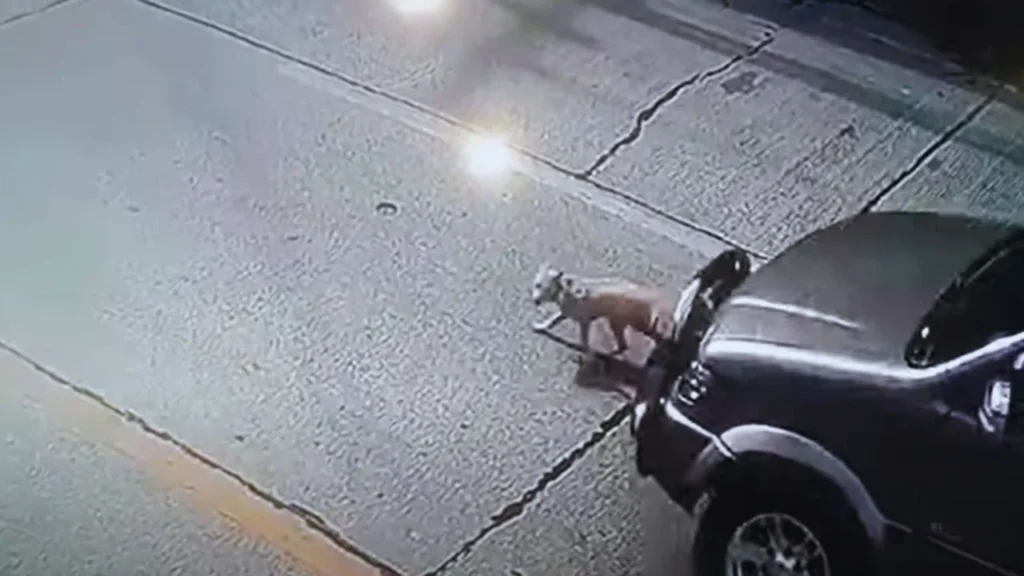
Each year, it’s estimated that around 6 million dogs are hit by cars globally, with a significant portion occurring in urban areas. These numbers point to a need for better safety awareness, especially in high-traffic zones.
In the U.S. alone, accidents involving dogs not only affect the pets but often lead to injuries for drivers and other passengers. Studies indicate that unrestrained dogs in cars contribute to thousands of car crashes annually. Even a simple, unexpected movement from a dog in the front seat can double the chances of an accident.
Furthermore, data reveals that roughly 80% of dog owners admit they don’t use proper restraints while driving with their pets. With about 50% of these owners traveling with their dogs multiple times per week, that’s a staggering number of pets at risk on the roads.
These figures underscore just how critical it is to address the safety of dogs in vehicles. Adding restraints or simple precautions could save hundreds of thousands of lives annually.
Understanding the Causes of Car Accidents Involving Dogs
Understanding why dogs are involved in car accidents can help us prevent these incidents. From distractions inside the vehicle to sudden escapes into traffic, several factors contribute to these unfortunate events. Let’s dive into some common causes and how we can keep our pets safer.
Unsecured Dogs Inside Vehicles
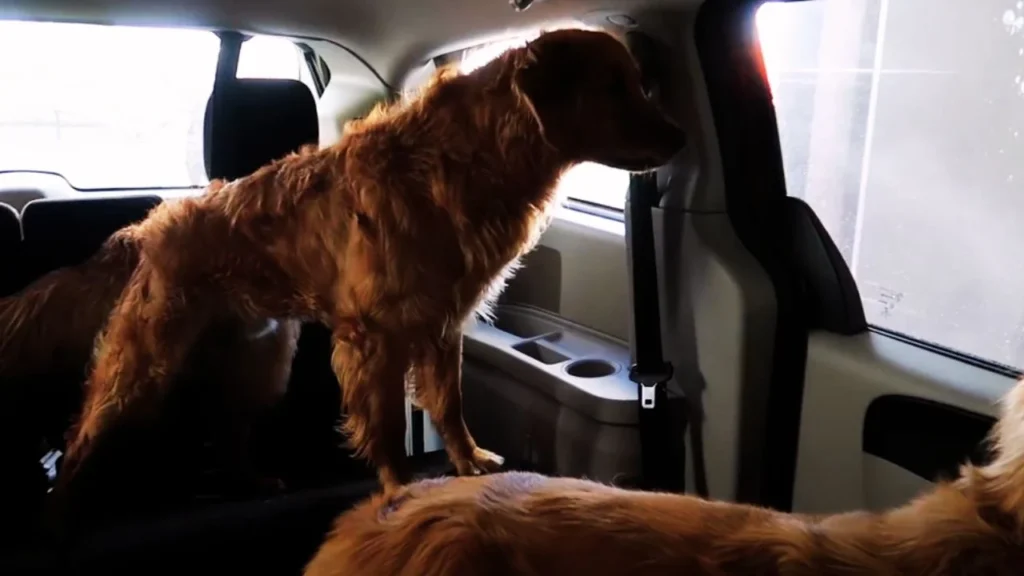
One common cause of accidents involving dogs is unrestrained pets inside cars, which can quickly become a major distraction. Did you know that about 84% of pet owners don’t secure their pets in vehicles? This increases the risk of sudden movement, leading to driver distraction and potential crashes.
Dogs Running into Traffic
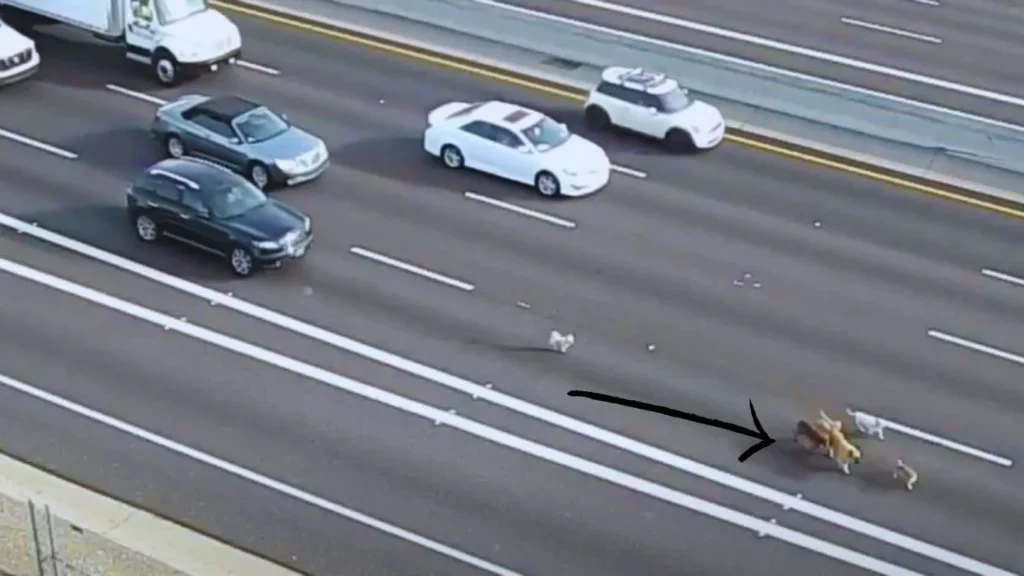
Dogs escaping from vehicles or homes and darting into traffic is another significant cause. Sadly, around 1.2 million dogs are struck by cars annually in the U.S., often when they aren’t properly secured or supervised. Simple safety measures could prevent many of these tragic incidents.
Low Visibility, Especially for Small Dogs

Finally, visibility is a huge factor, especially with smaller breeds. Many drivers find it hard to spot dogs near or in front of cars. By adding reflective collars or lights, we can make our pets more visible, reducing the chances of accidents in low-light conditions. Discover why you should never leave a dog in a hot car and the dangers involved.
Impact of Car Accidents on Dogs

When a dog is hit in a car accident, the injuries can be severe. According to recent estimates, over 6 million dogs face accidents yearly in the U.S., resulting in countless serious injuries. From broken bones to bruised organs, the impact can be devastating.
One of the most common injuries is fractures, particularly in the legs and spine. Roughly 40% of dogs in accidents suffer broken bones, which often need surgery or extended rehabilitation. These incidents also lead to soft tissue damage, which can cause lasting pain.
Internal injuries are another major risk, with about 20% of dogs experiencing trauma to organs like the liver or kidneys. Unfortunately, not all dogs survive such damage. This makes safety precautions so essential to ensure our pets’ well-being on the road.
Legal and Safety Recommendations
Driving with pets can be both enjoyable and risky, especially without proper safety measures. Surprisingly, few laws mandate pet restraints, leaving many unaware of the risks. Here, I’ll dive into the essential legal and safety guidelines to help keep our pets safe on the road.
Lack of Legal Regulations
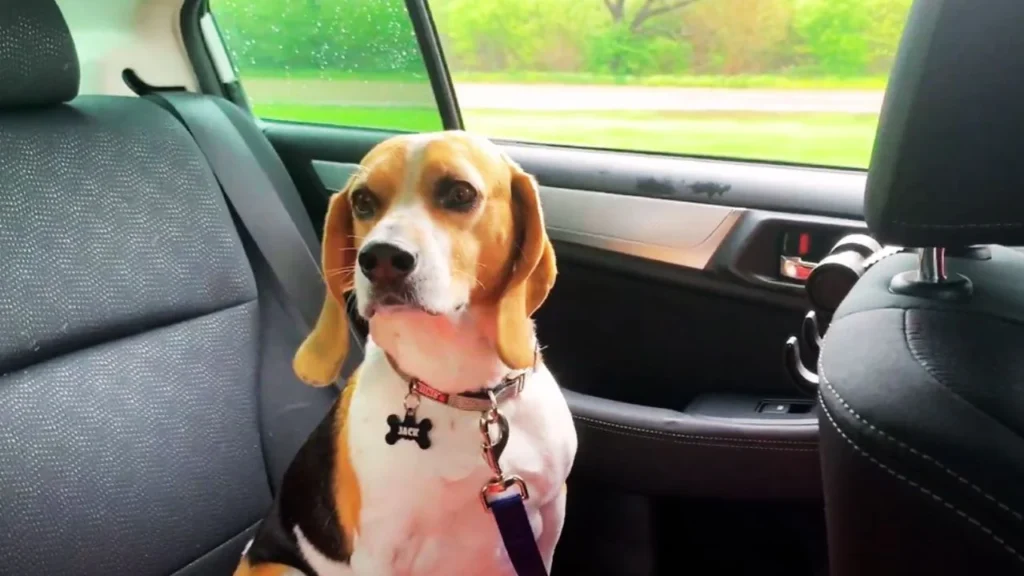
When it comes to laws about pet safety in cars, they’re surprisingly limited. Only eight states in the U.S. have specific regulations for restraining pets in vehicles. Even in these places, fines can vary from as low as $25 to $200, but the risks go far beyond any monetary cost.
The Physics of Pet Restraint

Many safety groups recommend restraints because unrestrained pets in accidents can become projectiles. Studies show that a 10-pound dog can generate 500 pounds of force in a 30 mph crash. This isn’t just a risk to pets but also to everyone else in the vehicle.
Safety Recommendations from Experts

Organizations like the American Veterinary Medical Association (AVMA) encourage the use of pet-specific seat belts, crates, or carriers for safer travels. A recent survey found that over 40% of drivers admit to being distracted by their pets while driving, proving just how crucial these recommendations are. Find out what to do if your dog got hit by car, can’t afford vet in our helpful guide.
Final Words
Reflecting on how many dogs die in car accidents each year is eye-opening. With nearly 100,000 canine lives lost from unsecured travel, it’s clear why safety measures are essential. Simple changes like using seat belt harnesses or crates can protect our furry friends.
Taking these precautions isn’t just about following regulations; it’s about keeping our dogs safe every time we hit the road. Let’s all do our part in reducing these preventable incidents
FAQs
What are the most common injuries dogs sustain in car accidents?
Dogs involved in car accidents often suffer from broken bones, soft tissue injuries, internal bleeding, and head trauma. Fractures to the legs or spine are common, as well as damage to organs.
Dogs that are thrown from vehicles can also sustain severe abrasions or puncture wounds. In some cases, even when the injuries seem minor, the emotional trauma can be lasting. Quick veterinary attention is crucial for increasing the chances of recovery and survival.
How can pet owners prevent their dogs from running into traffic after an accident?
Pet owners can prevent their dogs from running into traffic after an accident by immediately securing them in a safe area, such as inside the car or in a secure kennel. Using a leash is essential when exiting the vehicle to avoid panic-induced running.
Ensuring that pets are trained to remain calm in emergency situations can also help. Keeping the dog in a well-ventilated crate or using pet restraint systems can minimize the chance of them bolting during such incidents.
What are the legal consequences for driving with an unrestrained dog in a vehicle?
In some places, driving with an unrestrained dog can lead to fines and penalties. For example, in certain U.S. states, pet owners may face fines ranging from $50 to $200 for not using appropriate restraints.
Additionally, if an unrestrained dog causes a distraction, the driver may be ticketed for careless driving or even face liability if the pet causes an accident. Laws vary by jurisdiction, so it’s essential to check local regulations regarding pet safety in vehicles. Learn how to keep my dog calm in car ride for a stress-free trip.
How does the type of vehicle affect the likelihood of dog-related accidents?
The type of vehicle can influence the risk of dog-related accidents. In open vehicles like pickup trucks, dogs are at greater risk of being thrown out, especially if they’re unrestrained.
Larger vehicles such as SUVs or minivans may offer safer spaces for pets, but if dogs are not properly secured, the risk remains. Small cars with less space can also increase risk as pets may be more likely to distract the driver. The safest option is always to use proper pet restraints or carriers, regardless of the vehicle type.
Are certain times of day or driving conditions more dangerous for dogs in cars?
Yes, certain times of day and driving conditions are more dangerous for dogs in cars. During peak traffic hours, such as rush hour, dogs are at higher risk due to the likelihood of accidents or sudden stops.
Driving at night can also pose risks, especially if visibility is poor, increasing the chances of a dog running into traffic. Additionally, adverse weather conditions like rain or snow can make roads slippery, raising the potential for accidents, so extra caution should be exercised in these conditions.

